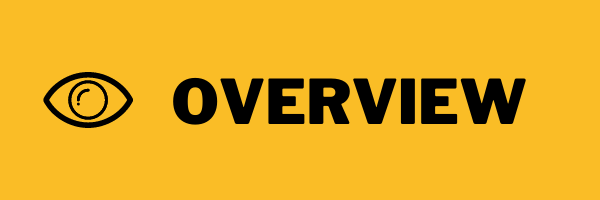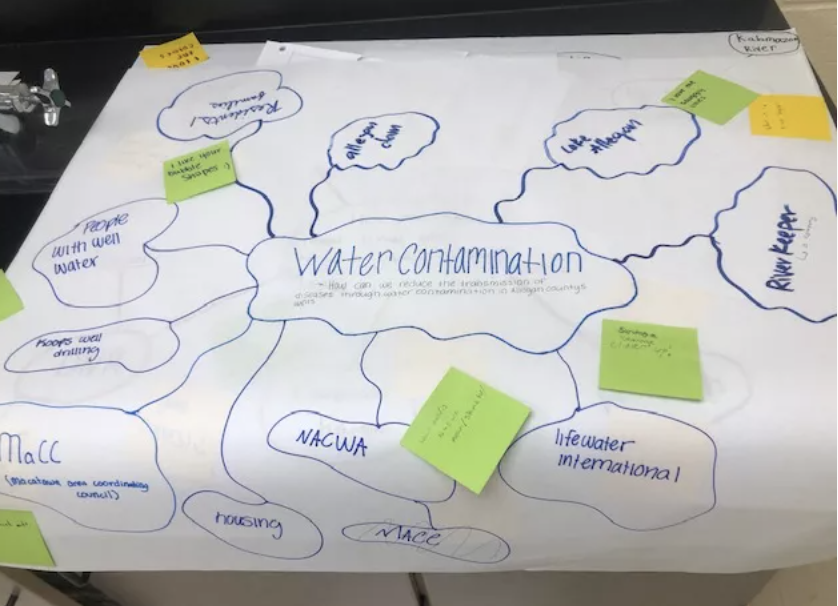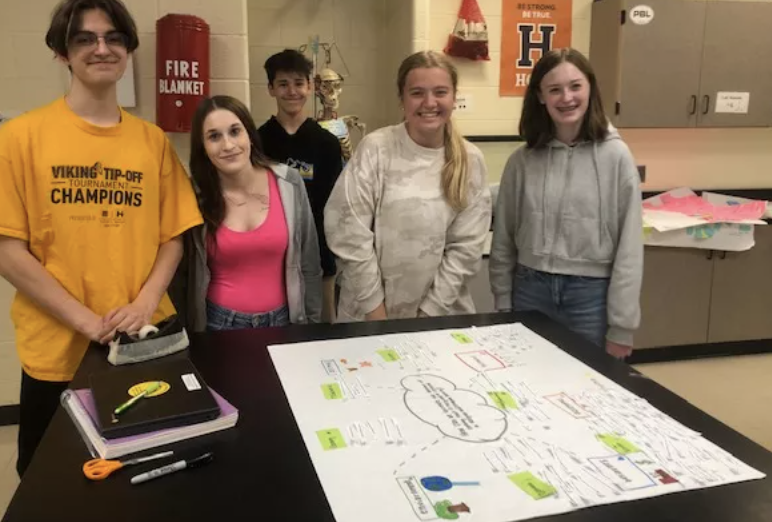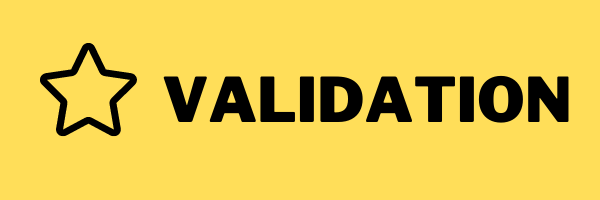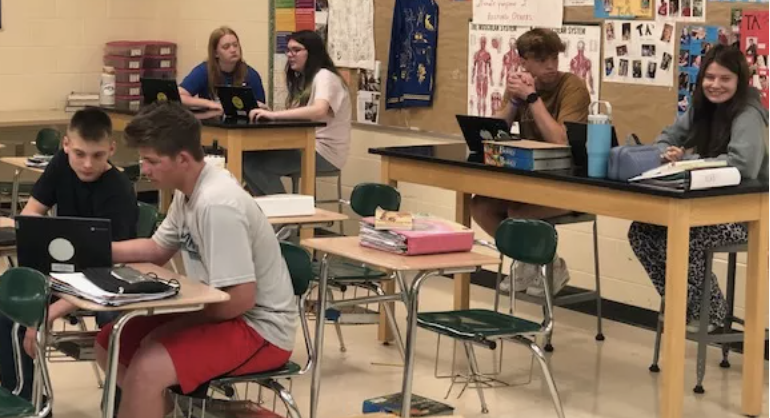Tracking Population Pressure
By: Sarah Kapenga
By: Sarah Kapenga
Project at a Glance :
This project will be run early spring, and students will be tackling the issue of overpopulation. Students will need to take a mindful and empathetic approach to tackling this potentially controversial topic. Aspects of the solution will need to include education, health care, government and sustainability (including agriculture, development, living space, and energy). Students will present their solutions to their classmates.
Driving Question:
How can we, as helpful global citizens, alleviate the problems caused by overpopulation?
|
Standards:
|
Stakeholders:
|
Incubation:
|
|
Solution Building:
|
Authentic Audience:
|
Click here for teacher's full plan.
Reflection and Feedback:
|
